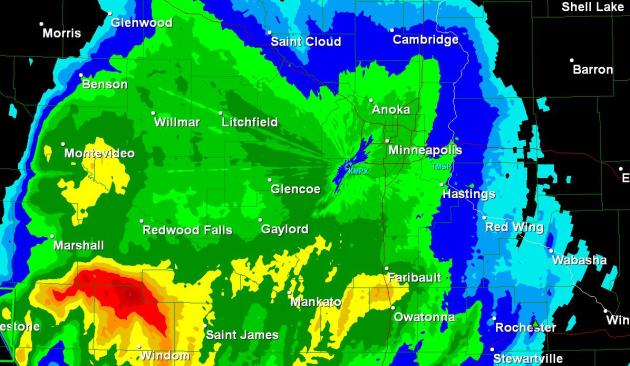
Weekend Preview:
Saturday: More clouds than sun, cool northwest wind at 8-13, rising barometer. Highs: 61-66
Sunday: More sun, southeast breeze at 10-15, slowly falling barometer. Highs: 68-73
.64" rain predicted early today at St. Cloud (NAM model).
Sprinkles possible Saturday, especially east of St. Cloud
T-storms: possible by Tuesday/Wednesday of next week as high temperatures climb to near 80.
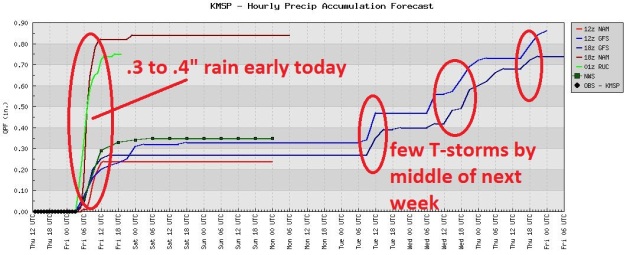
Dry Weekend. We're waking up to big puddles, but skies should dry out later today, a mostly-dry sky expected this weekend (although clouds may leak a few stray sprinkles Saturday). Dry weather should be the rule from Saturday into Tuesday morning, followed by an increasing chance of a few T-storms by the middle of next week.
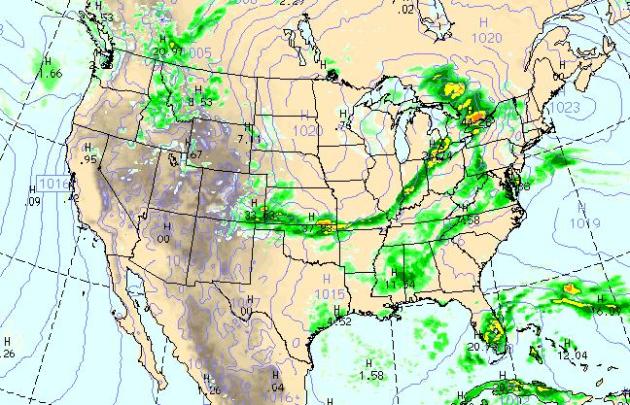
Saturday: "Dirty High". The latest WRF model is suggesting that rising pressures on Saturday may not result in a rapid clearing. Low-level moisture may be trapped in the lowest few thousand feet of the atmosphere, meaning stratocumulus clouds, even a stray renegade spriinkle or two. I suspect the sun will be peeking through by afternoon, especially over northern and central Minnesota.

Minnesota Twins Are Now "Stormready". It's one of my biggest nightmares (right up there with a cross-country trip with Anthony Weiner or Snooki showing up on Jeapardy - how do you protect 30,000 Twins fans if a tornado is tracking toward Target Field? It's a non-trivial problem, moving that many people (quickly and efficiently) to shelters. Kudo to the Twins and Target Field for drafting a viable plan to keep fans, players, staff and vendors safe during severe weather. More details about the Stormready plan from the local National Weather Service: "Stormready is a National Weather Service program through which counties and communities develop plans to protect residents from severe weather. This includes informing residents of the threats, promoting readiness through community outreach and education, developing a hazardous weather plan that includes weather spotter training and emergency exercises, having multiple ways to receive and distribute warnings, and having a 24-hour warning point and emergency operations center. Businesses, schools, and other entities are encouraged to embrace the goals of the StormReady program by adopting and promoting principles and guidelines of severe weather safety and awareness plans, and becoming a supporter of the StormReady program. The Minnesota Twins had to fulfill specific recommendations of the National Weather Service and the local StormReady Board. Upon doing so, the Minnesota Twins and Target Field were recognized today as the first StormReady Supporter in Minnesota, as well as the first StormReady Supporter in the American League."
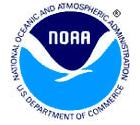
Take The Survey. I'm biased, but I've been working with these men and women for the better part of 27 years now. We are blessed with an extraordinary local National Weather Service office. I've lived in other cities where I couldn't make that claim. If you're happy with the services you're receiving from the local Chanhassen office of the National Weather Service, their web site, NOAA Weather Radio, mobile products - take a few minutes and complete this survey. I don't take this level of service for granted - neither should you.



Experts: Missouri River To Flood Until September. A four-month flood? KCCI-TV in Des Moines has the details: "Hamburg, Iowa. Hundreds of people leaving flood-threatened homes on the rising Missouri River may not be able to return before late summer.The river is set to reach peak flows within days but won't get back to normal until September as officials manage swollen reservoirs.Hamburg officials are skeptical two levees protecting their town will withstand the onslaught and have ordered half the town to evacuate. They warn any water that surges into Hamburg will be there to stay.The timeline has even veteran river-town residents resigned."
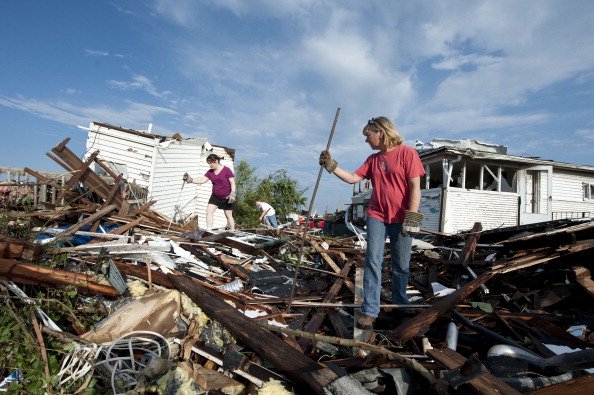

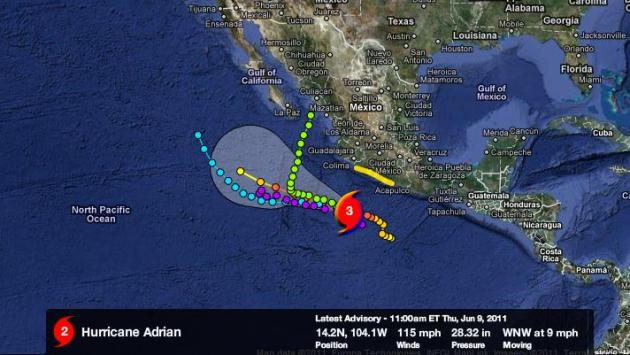

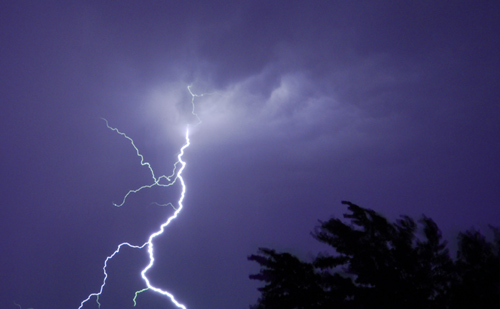
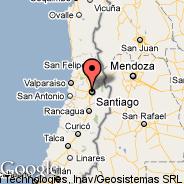
Chile: 100 Homes Damaged In Resort By Hurricane-Force Winds And Hail: The AP has more details: "ANTIAGO, Chile — An unusual storm bringing hurricane-force winds, heavy rain and hail has damaged more than 100 homes in a Chilean lake resort. Emergency officials were already dealing with a volcanic eruption in the region. Winds blew at nearly 125 mph (200 kph), the equivalent of a Category 3 hurricane, ripping off roofs in Villarrica in southern Chile. Several people were injured. Chile's meteorology centre said Tuesday's storm was a strange had some "characteristics of a tornado."



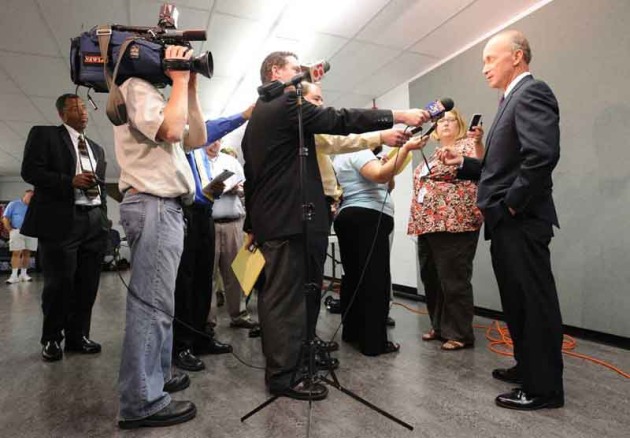

Strategy. Since 1953, China has framed its macro objectives in the context of five-year plans, with clearly defined targets and policy initiatives designed to hit those targets. The recently enacted 12th Five-Year Plan could well be a strategic turning point – ushering in a shift from the highly successful producer model of the past 30 years to a flourishing consumer society.
Commitment. Seared by memories of turmoil, reinforced by the Cultural Revolution of the 1970’s, China’s leadership places the highest priority on stability. Such a commitment served China extremely well in avoiding collateral damage from the crisis of 2008-2009. It stands to play an equally important role in driving the fight against inflation, asset bubbles, and deteriorating loan quality."

Cool & Gray. Thursday highs were at least 10 degrees cooler than average, under a (rare) overcast sky - unusual for June. Highs ranged from 56 at Duluth to 64 at St. Cloud, 68 in the Twin Cities. A trace of rain was reported at Duluth and Redwood Falls.

Paul's SC Times Outlook for St. Cloud and all of central Minnesota:
TODAY: Showers taper, unusually cool. Winds: NE 10-15. High: 57
FRIDAY NIGHT: Lingering clouds, still cool and damp. Low: 48
SATURDAY: More clouds than sun - feels like early May. Winds: NW 10-15. High: 62
SUNDAY: Better. More sunshine - still a few degrees cooler than average. Winds: SE 8-13. Low: 49. High: 71 (mid 60s to near 70 on northern lakes).
MONDAY: Sunny start, clouds increase late in the day. Low: 55. High: 73
TUESDAY : Few showers, thunder? Low: 57. High: 74
WEDNESDAY: Unsettled, another T-storm. Low: 60. High: 76
THURSDAY: Warm & humid, spotty T-storms - feels like summer again. Low: 62. High: 78

June Jackets
My memory isn't what it used to be, but honestly, I can't remember a year like 2011. La Nina may have had a big role in our 66.1" snow and reluctant spring. We did have spring, right? Not so sure. What I still can't wrap my brain around is the amount of energy in the system; the (crazy) north/south temperature contrasts. 30s over northern Minnesota, 100s a few hundred miles to our south. The weather map looks like something out of late April or early May - jet stream steering winds 4-7 miles aloft unusually strong for June. The core of the jet should be lifting into southern Canada, not snaking to our south over Iowa. Odd.
Welcome to a Whiplash June, 101 on a Tuesday in St. Cloud (103 in the Twin Cities), light jackets on a Friday. Light rain tapers off early today, setting the stage for a dry weekend. That's the good news. The bad news: only the brave & fool-hearty will be jumping into the lake this weekend. Saturday will feel like late April: 50s north, low 60s south, a mix of clouds and (ineffective) sunshine. Sunday looks better: low 70s on metro lakes, enough sun for a respectable sunburn.
No extreme heat in sight through next week - Mother Nature's way of apologizing for Tuesday's blast-furnace "heat storm"?

Graphic Credit Above: "A small shift in average temperatures can result in a significant number of record heat events (National Center for Atmospheric Research) "
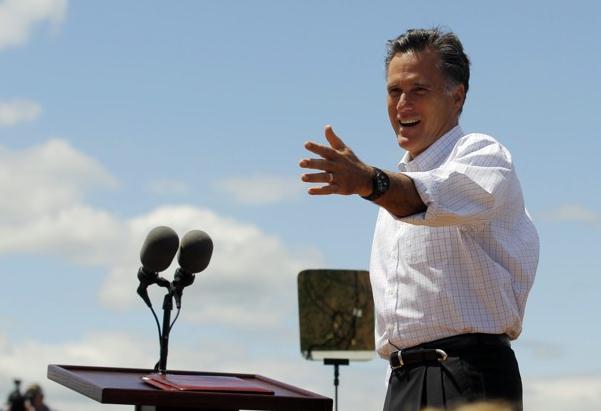
Instead, the former Massachusetts governor stuck to the position he has held for many years — that he believes the world is getting warmer and that humans are contributing to that pattern. Romney’s answer to the question about climate change last Friday during his first town hall meeting since announcing his second presidential campaign allowed him to demonstrate what he hopes voters will see as a new and improved candidate — an authentic leader with core convictions. But the exchange in New Hampshire also served as a fresh indicator of Romney’s great quandary. He must shed the flip-flopper reputation that haunted his last presidential campaign while also appealing to conservative voters wary of his past support for near-universal health care, abortion rights, same-sex marriage and other positions befitting a politician elected in liberal Massachusetts."
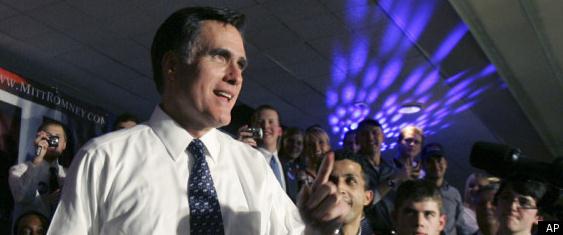
Mitt Romney Being Attacked For Being "Reasonable" On Climate Change. Huffington Post has the story: "Last week, Mitt Romney rolled out his formal announcement about his presidential ambitions and was met with a torrent of criticism from fellow candidates, other non-candidates, outside groups, and failed Senate candidate Joe Miller, for some reason. For the most part, the internecine opposition has focused on the fact that Mitt Romney invented "Obamacare" in Massachusetts. But Romney's enjoying a break from all of that this week. Now everyone is mad at him for his position on climate change! And what is that position? Well, it's pretty prosaic: "I believe the world is getting warmer, and I believe that humans have contributed to that," he told a crowd of about 200 at a town hall meeting in Manchester, New Hampshire. "It's important for us to reduce our emissions of pollutants and greenhouse gases that may be significant contributors."
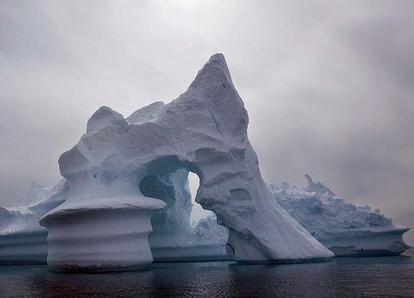
Climate Change Issue Bothers "Believers" And "Pagans" Alike. Here's an excerpt of a worthy read from the Sydney Morning Herald: "A few months ago, while browsing at a groovy music shop in Melbourne, the friend who was with me casually said, "You're a climate change believer, aren't you?" The question took me by surprise. After a pause, I replied, "No." I'm not a climate change sceptic. I don't doubt that climate change is real. But I haven't put my faith in climate change the way some people put their faith in God. Last week, the Australian Religious Response to Climate Change entered the public debate on climate change, proclaiming it to be a moral issue. What did it mean? The moral significance of climate change can be understood in different ways. If you see climate change as the new religion, which divides people into believers versus deniers, plus the great unwashed - or rather, the long-hot-shower-taking uncommitted - then the moral issue is one of politico-religious conversion. The righteous are called upon to bear witness to the shower lushes, and convert us before the deniers work their evil way into our hearts and minds. But it need not be a matter of political or religious allegiances. To define climate change as a moral issue is to see it as a question of shared responsibility for nothing less than the future of life on Earth. It addresses us all, as individuals and communities: local, national, global; scientific, political, economic; believers and pagans alike. It doesn't merely concern a collection of individuals or interest groups with beliefs that ricochet like billiard balls in a game without consequences."

Answering (Smart) Climate Skeptics. Here's an informative link from Stanford Magazine. What are the 5 most difficult questions asked by smart climate change skeptics at cocktail parties? And what are the best responses?
It's true that we can't really validate a GCM in the strictest sense, but why should we wait to act given the potentially dire consequences? In the meantime, we can do two things: 1) examine how well a GCM reproduces observed climate; 2) test each component of that model. GCMs do an excellent job at modeling the last 150 years of observed climate. We may have built the models to match the observations, however, so while encouraging, this doesn't guarantee their ability to predict future events. We can validate the GCM components that represent systems governed by physical (e.g. conservation of energy) or empirical relationships (e.g. how quickly rain forms in clouds). Climatologists validate individual components. For example, does cloud formation occur in the same way in the tropics as in the Arctic? (The answer is no.) Climatologists then make new measurements, develop refined relationships, and then refine the model. A GCM is therefore validated piece by piece.
If the Earth is really warming, why is the stratosphere cooling?
The stratosphere is indeed cooling, but it does so because of global warming, not in spite of it. Earth's lower atmosphere is divided into two layers, the troposphere—where we live—and the stratosphere above it, which can be reached by powerful jet planes (~32,000 feet). Observations of the stratosphere by weather balloons indicate a cooling trend. This cooling was predicted by global warming scientists. Here's how it works: Incoming solar energy is trapped in Earth's atmosphere. Some of that energy is radiated back into space. When CO2 increases in the troposphere it traps a greater amount of heat in this layer, lowering the amount of energy radiated outwards into, and adsorbed by, the layers above it. (Extra energy trapped by CO2 in the upper reaches of the stratosphere also radiates heat, much of which goes back out into space.) Since we are now trapping greater amounts of heat in the troposphere, there is more energy leaving the stratosphere than entering it, which causes stratospheric cooling. Stratospheric cooling, predicted and observed by climatologists, is thus evidence for, not against, global warming."
No comments:
Post a Comment